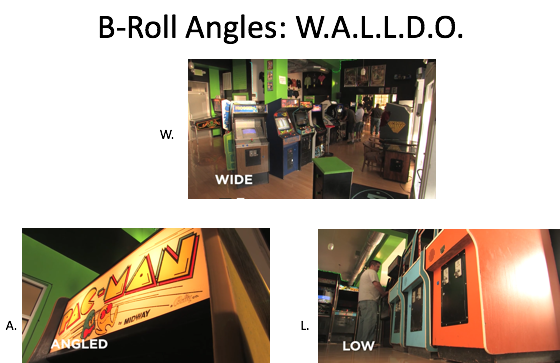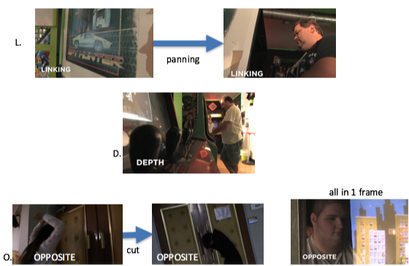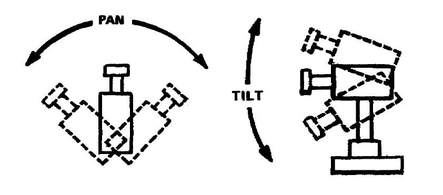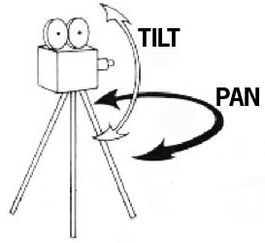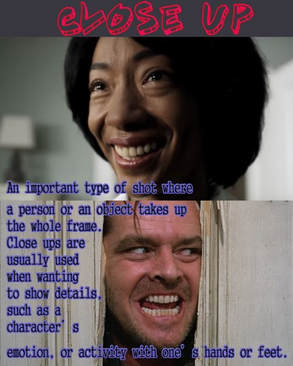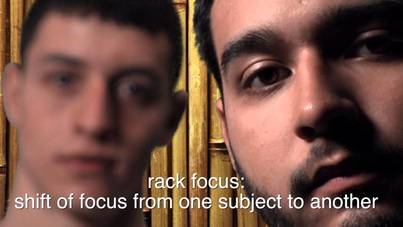|
|
|
|
|
|
|
|
|
|
|
|
|
- Research and make a list of the types of extra clips you will film that help tell the story - to be used as B-roll.
- B-roll must match the content of the interviews.
- Listen to your interviews, list and then film the things they just spoke about.
- Ask your interviewees what else you could possibly film. They'll give you new ideas you never thought of.
- Follow around your interviewees and film them in their natural settings.
- Use tripods, sliders, dollies, and all the fun equipment we have.
- Shoot the same shot over and over but from multiple angles.
- Shoot many more shots than you need. They should be short, but shoot a lot of them. During editing it's common to run out of good footage.
- Remember - anything that catches your eye will catch the viewers eye.
- Take risks. Be an artist with your camera.
- Shoot 10 seconds before, and after, the action. The action itself can be short, but shoot before and after and you can cut out the unnecessary footage later. This will make editing much easier.
|
|
|
|
|
|
|
|
|
